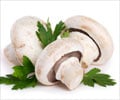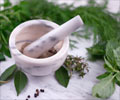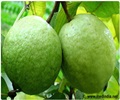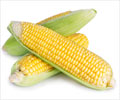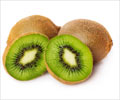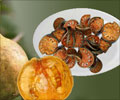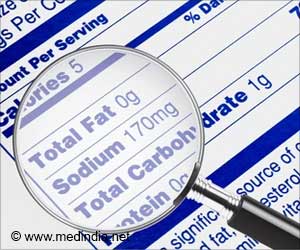Delving into Inaoside A reveals a key to unlocking the antioxidant potential hidden within mushrooms, offering new possibilities for therapeutic uses.
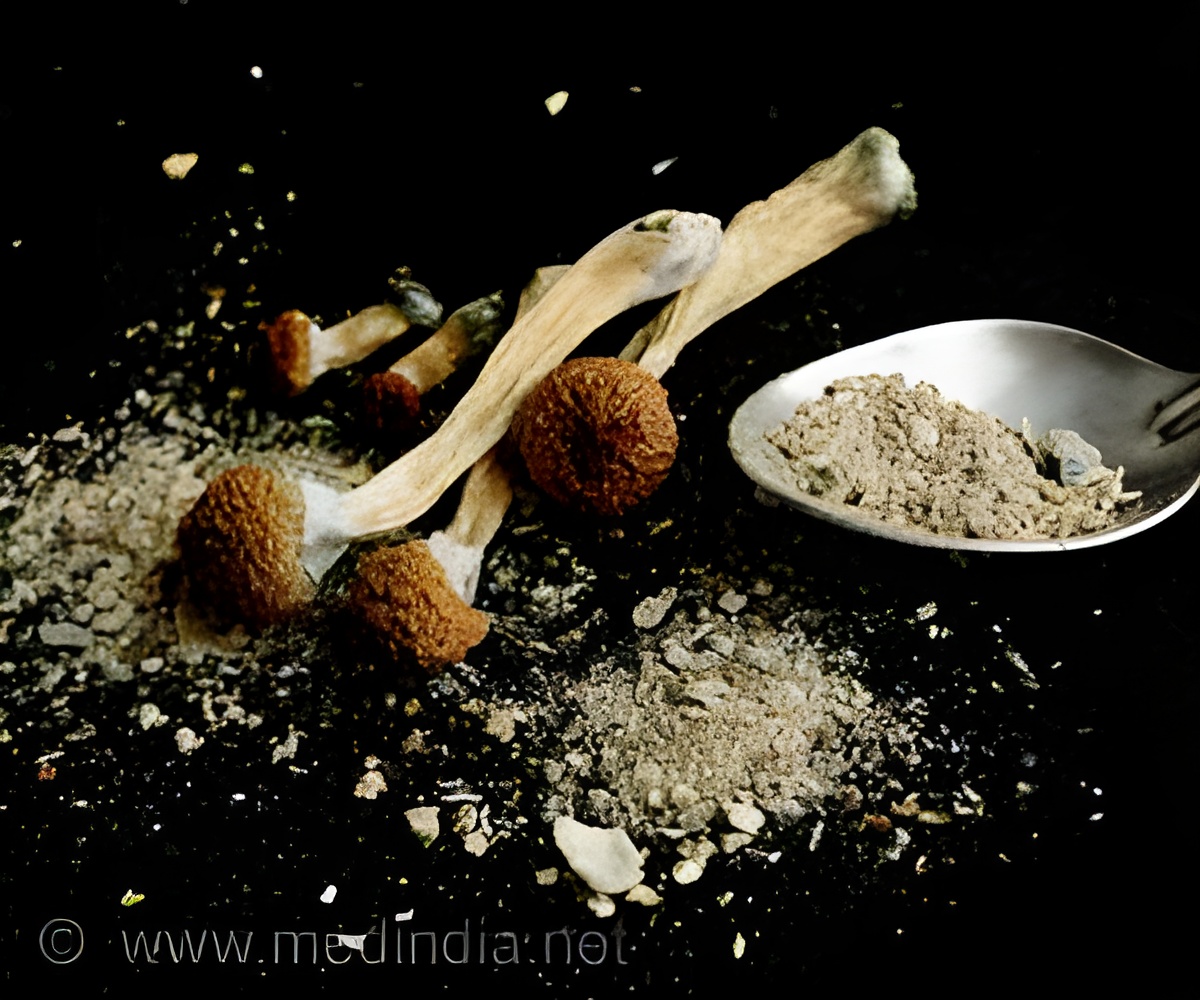
‘The discovery of Inaoside A as an antioxidant in Laetiporus cremeiporus signifies a notable advancement in natural product research, underscoring the potential of mushrooms as a reservoir for therapeutic bioactive compounds. #mushroom #antioxidant’





In a groundbreakng study, researchers led by Assistant Professor Atsushi Kawamura from the Department of Biomolecular Innovation, Institute for Biomedical Sciences, Interdisciplinary Cluster for Cutting Edge Research, Shinshu University, along with Hidefumi Makabe from the Department of Agriculture, Graduate School of Science and Technology, Shinshu University, and Akiyoshi Yamada from the Department of Mountain Ecosystem, Institute for Mountain Science, Interdisciplinary Cluster for Cutting Edge Research, Shinshu University, recently discovered the antioxidant compound derived from L. cremeiporus. The researchers collected fresh fruiting bodies of L. cremeiporus from the Ina campus of Shinshu University. The obtained extracts were concentrated and partitioned between water and ethyl acetate. After this, the extracts were subjected to advanced chromatographic techniques, which led to the successful isolation of Inaoside A, a new antioxidant phenolic compound, along with three other well-characterized bioactive compounds, i.e., 5'-S-methyl-5'-thioadenosine (MTA), nicotinamide, and adenosine.
Did You Know?
Inaoside A, an antioxidant in mushrooms, marks a major advance in natural product research, showcasing mushrooms as a source of therapeutic compounds.
Next, the researchers wanted to determine the structure of the newly found antioxidant compound. For this, they utilized one and two- dimensional NMR and other spectroscopic analyses. The structure of Inaoside A revealed a planar configuration. With a molecular formula of C17H24O7, the compound was found to feature a distinctive ribose moiety, identified as α-ribofuranoside through stereochemical analysis. Subsequent investigation into the absolute stereochemistry confirmed the D-ribose configuration, thereby reinforcing the planar structure of this compound.
The mushroom extracts were then isolated into fractions to determine the antioxidant activities of the four isolated bioactive compounds. These fractions were then examined by DPPH radical scavenging and superoxide dismutase assays. The findings were noteworthy as the DPPH radical scavenging activity exhibited by Inaoside A was significant, showing 80% inhibition at 100 μg/mL, indicative of its significant antioxidant properties. The IC50 value of Inaoside A was determined to be 79.9 μM, further highlighting its efficacy as an antioxidant agent.
Advertisement
These findings may lead to the development of novel antioxidant-based therapies for various health conditions. Further studies should focus on synthetic research and detailed investigations into the biological activity of Inaoside A, aiming to harness its potential as a pharmaceutical lead compound.

